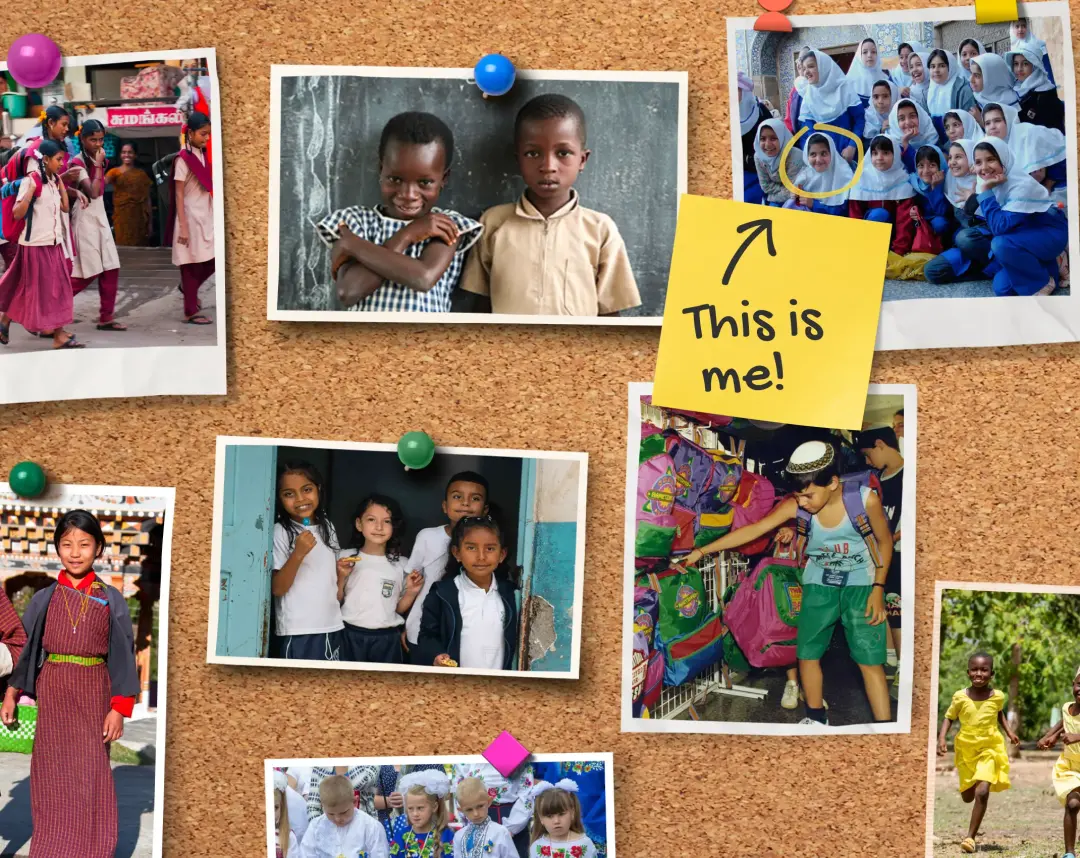Who can wear what?
For thousands of years, there have been rules about clothes. By the 1300s, many countries had laws about what people could wear or buy. In the 1630s, France only let top nobles wear fancy clothes with lace or gold.
These two swapped their fancy outfits for simpler ones to follow the rules. Have you ever had to change your outfit to follow the rules?
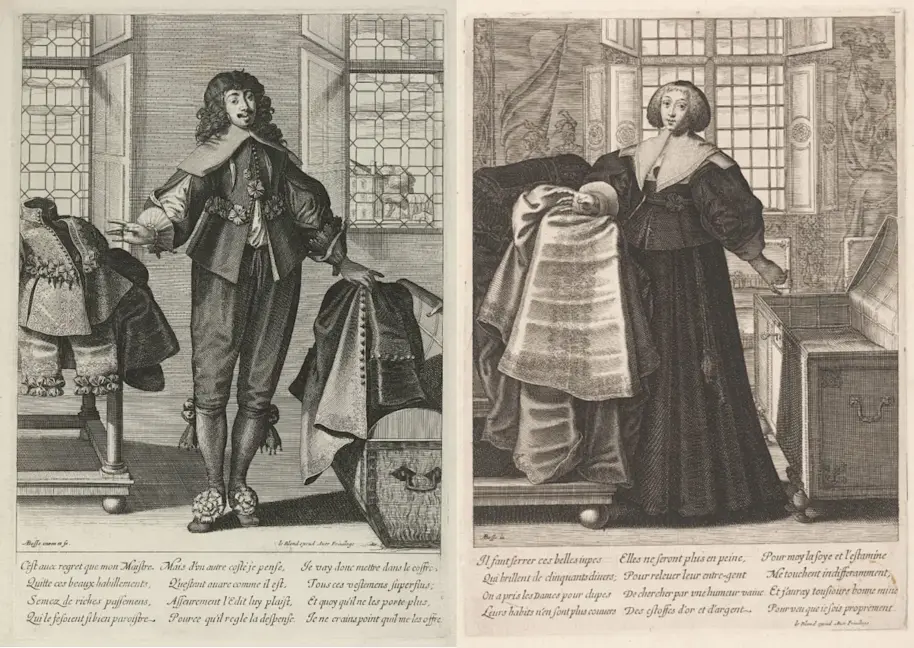
You can, can’t, must
What people could wear often depended on where they lived, their job, how much money they had, or their religion. There were even laws about what you could wear!
In 1215, the Catholic Church said that all Jews and Muslims had to wear special clothes, like a yellow badge or a pointy hat like the one on the left. Have you ever been told what to wear?
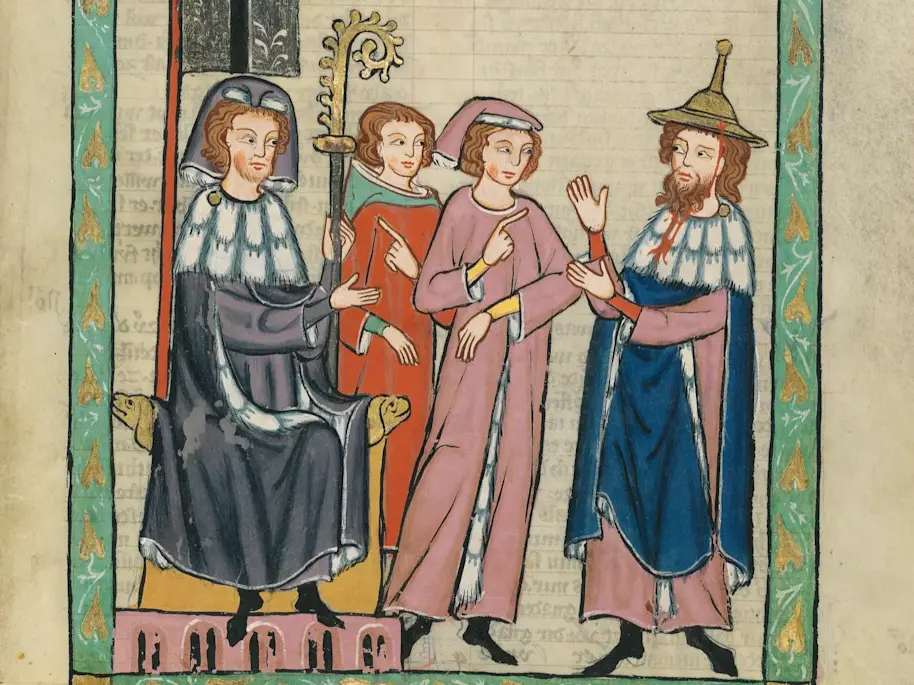
Forbidden fashions
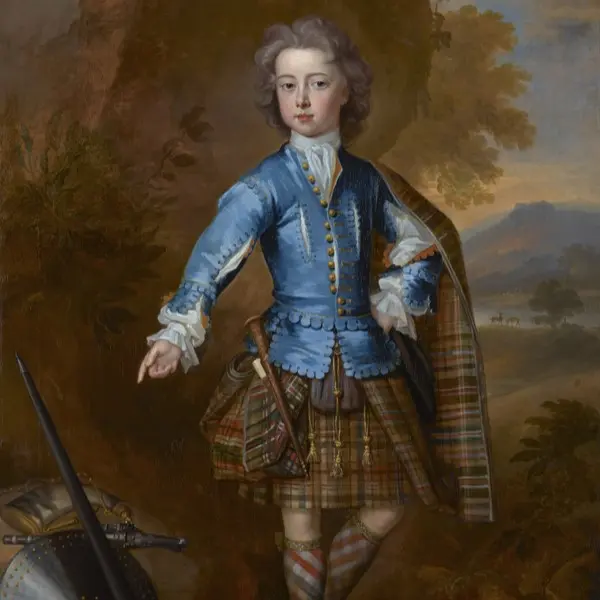
In 1746, King George III banned traditional Highland dress like kilts in Scotland. People caught wearing one faced prison or hard labor. The king hoped he could control the rebellious Scottish clans better if he took away parts of their culture.
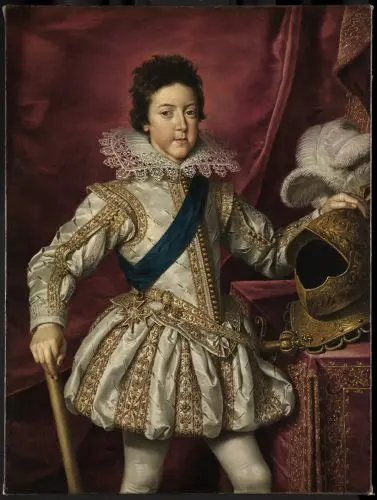
In the 1500s, pants called “trunk hose” were very popular. But if they were too big or poofy, people thought they looked monstrous and out of control. In England, wearing over-the-top pants like these could lead to public shaming or even arrest!
The power of dress
Do you think clothes have power? What we wear can show our culture, how much money we have, what we like, or even who we are.
Clothes can also show what we believe in or if we’re part of a group, like a sports team. Dress codes try to control what we say with our clothes. Can you think of examples of clothing that tell you something about a person?
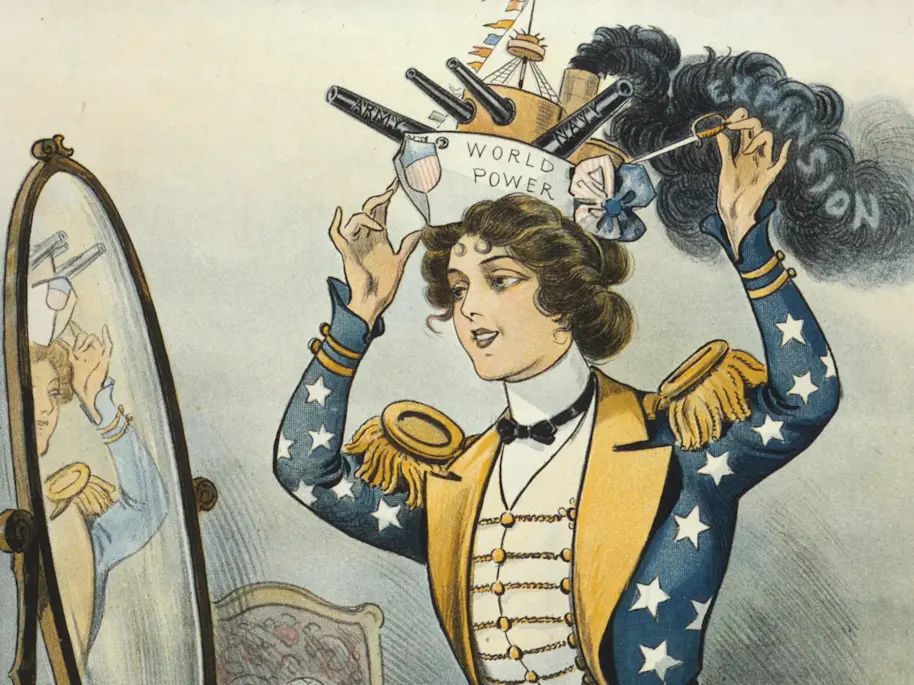
Who wears the pants?
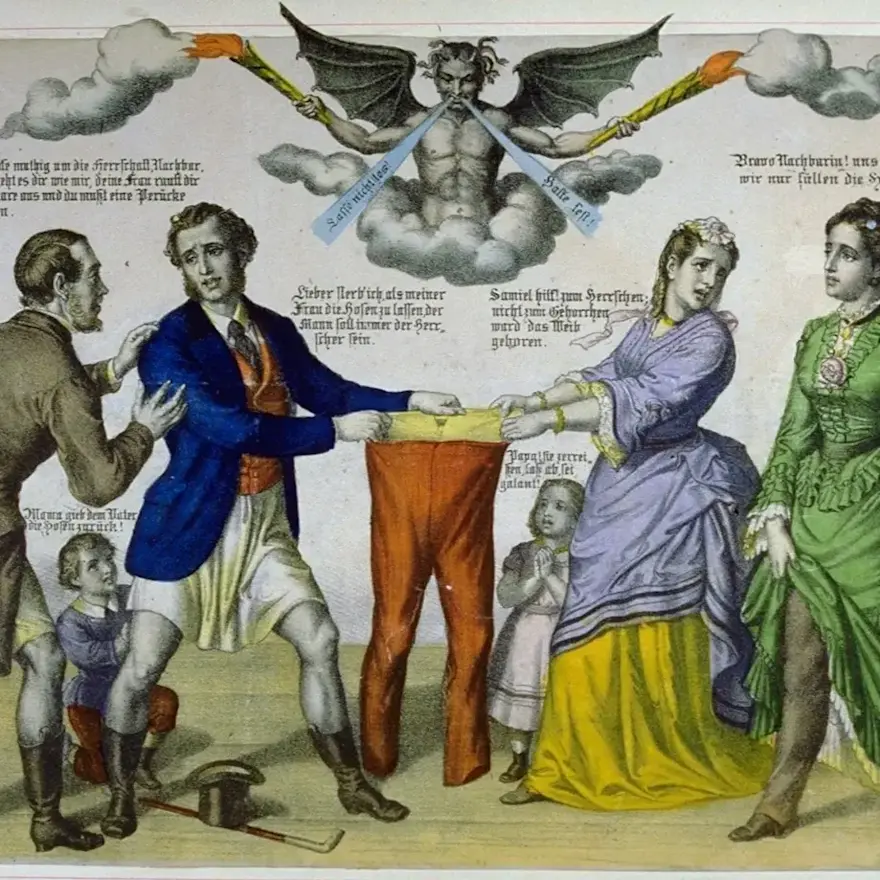
Ever heard the saying, “Who wears the pants?” It means that whoever has the trousers on is in charge and gets to make the decisions. This cartoon shows a husband and wife arguing about who will do just that – in other words, who will rule the family!
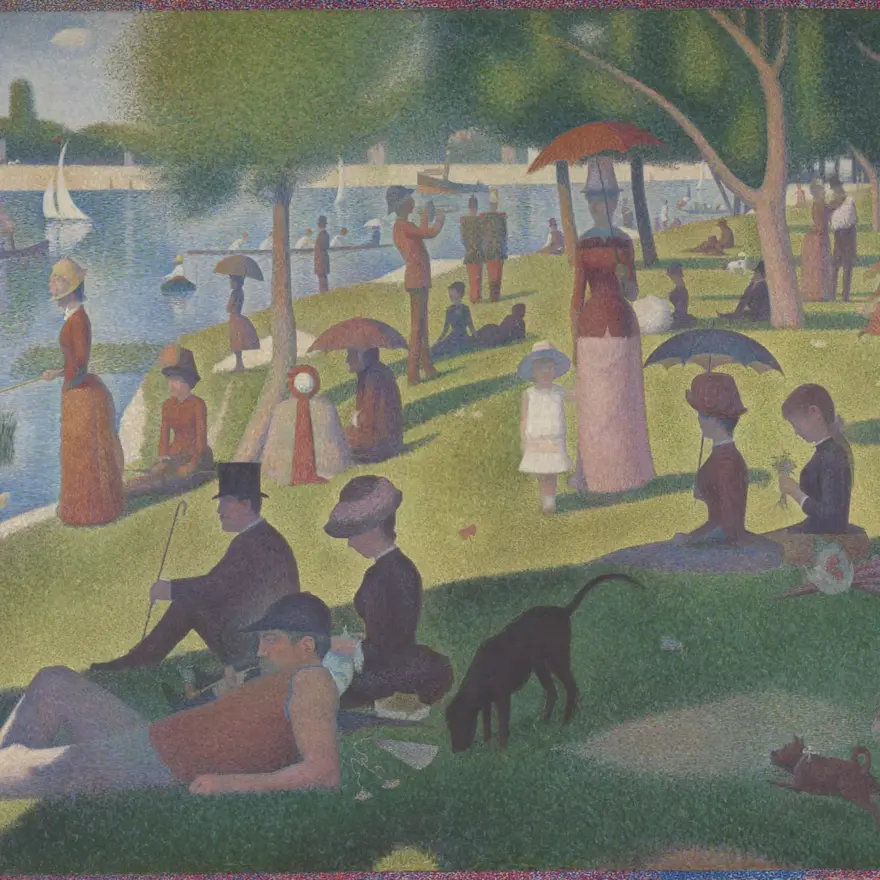
Have you noticed that women and girls in old paintings almost never wear pants? Until about 100 years ago, women weren’t allowed to wear pants in many places in the United States and Europe. Can you think of any other rules like that?
The trend-setter king
Dress codes at school
One of the first school dress codes is nearly 450 years old! In 1552, Christ Hospital School in England gave students free blue and yellow uniforms.
The school provided a home and education to orphans and children from poor families. The uniforms still use the same colors today. How do you feel about school uniforms?
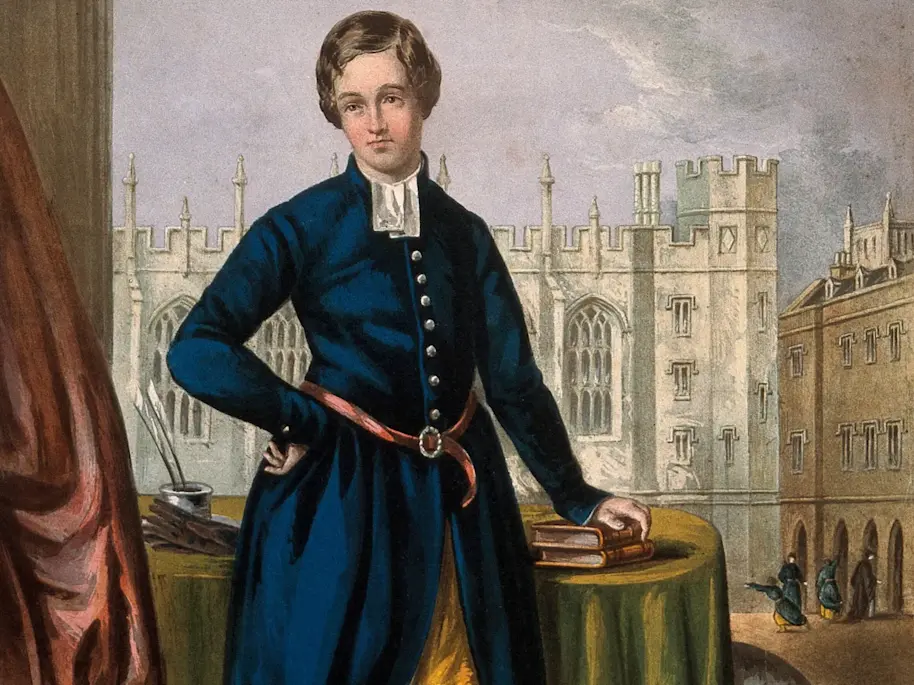
Denim dilemmas
Did you know jeans were once banned in U.S. schools? Jeans were originally work clothes for tough jobs.
In the 1940s and 1950s, movie stars like James Dean and Marlon Brando made jeans cool with their rebellious style.
As jeans became more popular, schools banned them, fearing they would encourage rebellion. Does what you wear affect your mood?

Bending the rules
Since dress codes and uniforms were first introduced, students have found clever ways to bend the rules without officially breaking them.
When schools banned blue jeans in the United States, students bleached their jeans white! The rules didn’t mention white jeans, so it was technically allowed.
Have you ever found a way around the rules?
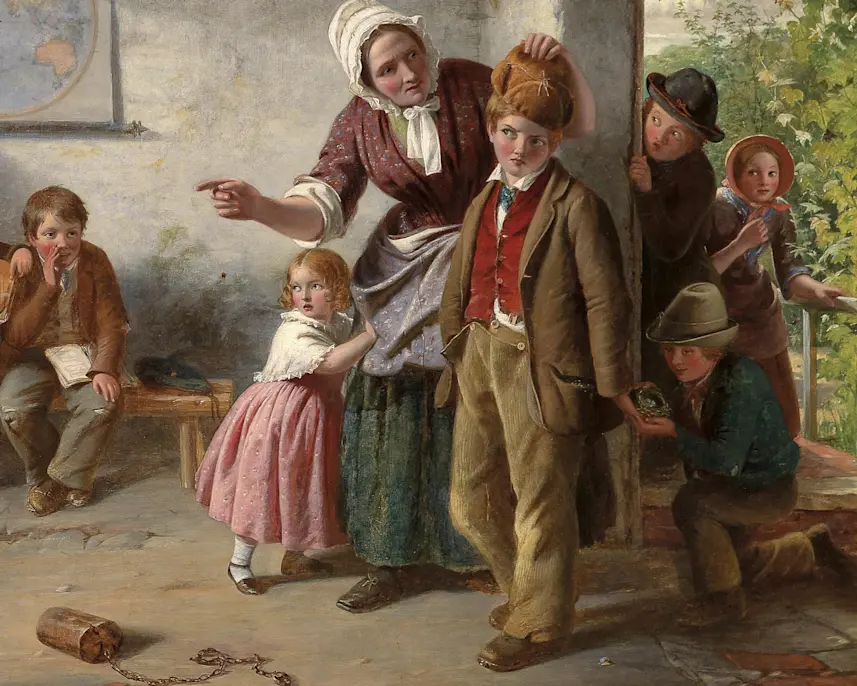
Dressing for the future
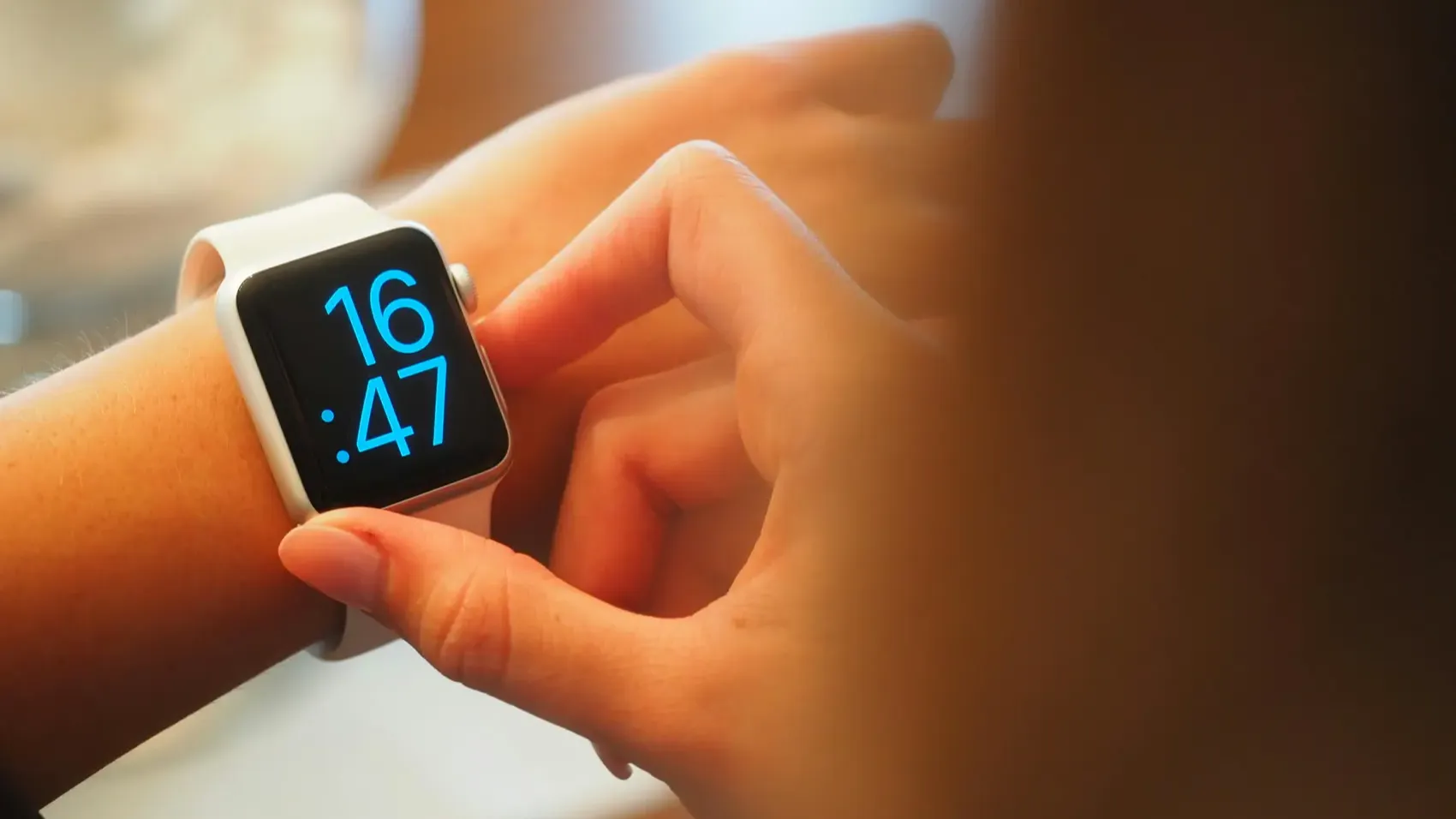
School dress codes cover more than just clothes; they also include hair and gadgets like smartwatches. Noticed anything new in your dress code? How do you think dress codes might change in the future?
Want to know more?
Bibliography
Bass-Krueger+Maude. (n.d.). The High-Life: A History of Men in Heels. Google Arts & Culture. Retrieved February 13, 2025 from https://artsandculture.google.com/story/VAVBgMgwSKV5Kw
Burke, C. (2021). An exploration of liminal pockets of contestation and delight in school spaces. Paedagogica Historica, 57(1–2), 11–22. https://doi.org/10.1080/00309230.2020.1769147
Cross, B., Carnarvon, A. (2023). ‘It doesn’t end at the cuffs’: The Discordant Discourse of Uniformed Performance in the Caribbean. In: Shanks, R., Ovington, J., Cross, B., Carnarvon, A. (eds) School Uniforms. The Cultural and Social Foundations of Education. Palgrave Macmillan, Cham. https://doi.org/10.1007/978-3-031-32939-5_3
Fitzharris+Lindsey. (2020, January 9). Our endless quest for eternal youth. Wellcome Collection. Retrieved February 13, 2025 from https://wellcomecollection.org/stories/our-endless-quest-for-eternal-youth
Ford, R. T. (2021). Dress codes: how the laws of fashion made history (First Simon&Schuster hardcover edition). Simon & Schuster.
Garot, R., & Katz, J. (2003). Provocative looks: Gang appearance and dress codes in an inner-city alternative school. Ethnography, 4(3), 421-454.
Kedrowski, K. M. (2024). The Symbolic Politics of Fashion: Using State Power to (ad) dress Threats. In The Palgrave Handbook of Fashion and Politics (pp. 155-167). Cham: Springer Nature Switzerland.
Lovell, K. (2016). Girls are equal too: Education, body politics, and the making of teenage feminism. Gender Issues, 33, 71-95.,
Meadmore, D., & Symes, C. (1997). Keeping Up Appearances: Uniform Policy for School Diversity? British Journal of Educational Studies, 45(2), 174–186. https://doi.org/10.1111/1467-8527.00044
Schlup, M. (2023, February 16). Macht und Pracht der Perücke. Blog Zur Schweizer Geschichte - Schweizerisches Nationalmuseum. Retrieved February 13, 2025 from https://blog.nationalmuseum.ch/2023/02/macht-und-pracht-der-peruecke/
Unzipped Staff. When Denim Was Dangerous. (2014, March 28). Levi Strauss & Co. Retrieved February 13, 2025 from https://www.levistrauss.com/2014/03/28/when-denim-was-dangerous/
Learning Objectives
Based on Curriculum 21, German-speaking Switzerland, 2024.
The students …
NMG 11.3 for 7+
b) Can distinguish between different norms and their areas of validity and think about their meaning (e.g., different rules in school, family).
NMG 11.3 for 9+
e) Can compare values and norms of different generations (e.g., obedience, importance of material goods, leisure time).
ERG 2.1 for 12+
a) Question rules, situations and actions, ethically evaluate and justify positions.
















